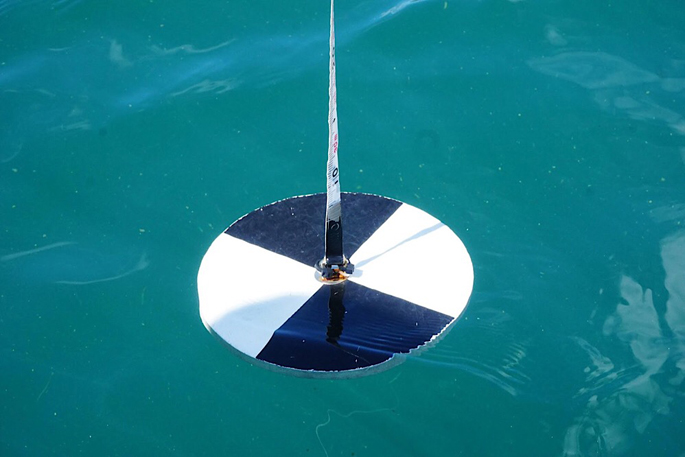A team led by senior scientist Doctor Moritz Lehmann at Xerra Earth Observation Institute and the University of Waikato has published an analysis of 18-year trends in lake water clarity in the Rotorua lakes.
Water clarity is an important indicator of water quality where better clarity typically indicates fewer contaminants.
What makes the study special is that it combines human observations, taken from a boat, with observations from 700km above the Earth's surface by satellites. This combination of data sources allowed the researchers to assemble a data record from 1999 to 2017 for 23 lakes, a data volume far greater than available using traditional ground-based methods.
Moritz says we found that water clarity significantly improved in nine lakes over the 18-year study period.
'Most trends in the other lakes were also found to be positive, but not statistically significant.”
The lakes with significant water clarity improvements were Rotorua, Rotoiti, Tikitapu, Rotoma and Rotoehu.
The researchers indicated that some improvements may be related to lake management actions such as alum dosing, water diversion and weed harvesting, but direct cause-and-effect relationships were not tested in this study. Lake Okareka was the only lake that showed a significant decline in water clarity.
Moritz says using satellite data to measure water quality attributes has become a reliable source of data for those conducting environmental monitoring programmes, such as local, regional and national governments and their stakeholder groups.



0 comments
Leave a Comment
You must be logged in to make a comment.